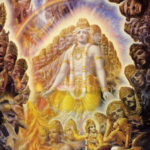Fun Facts from the online hive ;o)
– In Australia when it gets very hot, the nectar in some flowers ferments and turns into alcohol. Bees that get drunk from the nectar are not allowed back in the hive. Guard bees keep them out to prevent them from making the nectar into alcoholic honey.
– It takes 12 hrs for one bee to make 8 flakes from it’s abdomen, It takes approximately 500,000 scales to make 1lb of wax. This special gland converts sugar from the honey into a waxy substance and deposits flakes of the substance on the abdomen.
– Worker bees maintain the temperature of the hive at 33.9c all year round.
– A hive of honeybees will fly the equivalent of three orbits around the earth to collect 1 kg of honey.
– The queen bee is the largest honeybee in the hive. She can lay 2000 eggs per day and can live 3-6 years.
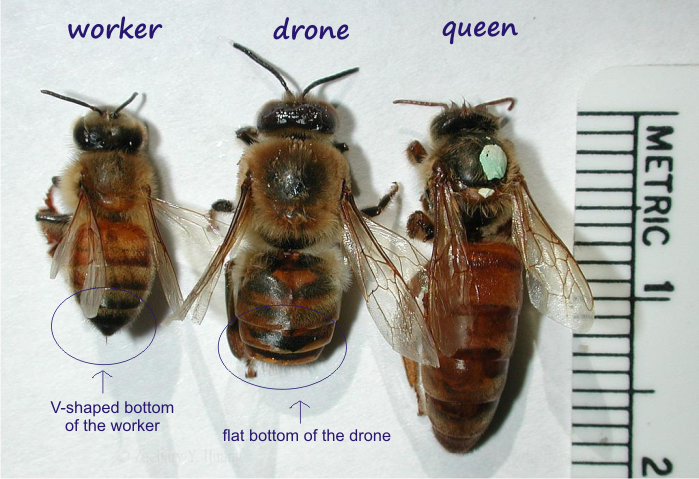
Summary:
– Started out in Kenya. Dad was working on the railroad to Kampala.
– Bees evaporate moisture from the honey.
– Queen bee keeps the social order and emits pheromones from her feet.
– They can recognise when food is scarce and throw the drone bees out.
– It’s not called honey until it’s in the hive. It starts out as nectar in the flower and quite viscous. Bees suck it up in the morning and add an enzyme called invertase which will invert the sugars to glucose and fructose.
– Even as honey it’s still viscous but the bees produce a draft in the hive, usually inwards and upwards evaporating the moisture which you can smell.
Amazon #ads

– Honey is the carbohydrate for the babies and pollen is the protein. They need both.
– Honey is packed in the hives. Pollen is collected by them brushing their legs on the pollen and then brush and pack them on their back legs (pollen baskets). They’ll offload that and stuff it in the cell. The pollen grain has a very hard outer shell so they add enzyme and honey and ferment it in the comb to digest it properly and get better nutrition. The cells with pollen are brightly coloured and slight glaze/glossy look. So bees have been fermenting forever.
– All bees also gather propolis which is from nodes and internodes of plans. Stick substance which is also packed on the back legs. They collect this to plug up holes to keep water and ants out and as an antiseptic since the temp is about 34 degrees which promotes mould.
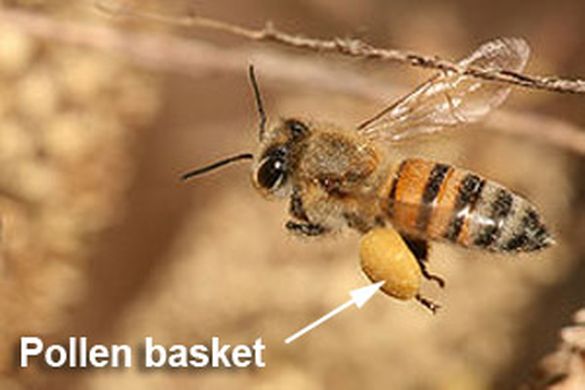
– They create spouts facing downwards to get in and out of the hive so when it rains it doesn’t get flooded.
– From one shoebox hive a dude produced 50 ml of honey and he was selling it.
– The queen does one mating with the drones but it will last her a lifetime. She produces eggs for a lifetime. That’s how much sperm she can store and can produce a fertilised or unfertilised egg.
– Drones can’t be born of small cells that make most of the hive. 10% of the combs are for drone bees. So she can deposit an unfertilised egg in the drone cell for it to be fertilised by the drone while she fertilises the smaller cells.
– In winter worker bees can live up to 6 months but in summer only 6 weeks as they work themselves to death. Which is why you find some on the ground. Every bee has to die like humans. If the bee dies in a hive the bees will grab it and take it as far as it can.
– Over to the swarm. The queen can lay up to 2000 eggs a day. If things are good there will be a population explosion. So half of them take off with the old queen after she’s laid some eggs in the queen cells. Specially constructed by workers, roughly 20 of the queen cells only taking 14 days to hatch. She’ll lose weight to take off with half the worker bees. Then the 20 virgin queens fight to death stinging each other to death. So they swarm will just be anywhere and people freak out about this but bees are at their best temperament when swarming. While the swarm is sitting on a branch the worker bees are looking for a new home. They do the direction dance and the more vigorous the dance the better the location. The bees will even fly through the swarm to steer them in the right direction. (How do they even find this out!?).
– Don’t stand in front of a hive because they think you’re coming for the honey.
– Don’t use the smoker excessively as they’ll go into the honey stores thinking there is a fire. Over-smoking makes them dizzy and half-asphyxiated.
– They do the location dance. The waggle dance (see video below). They use the sun, gravity and landmarks to navigate. They’ll offer recruiting bees a sample to know what to look for.
The Bee Dance
– The wild flower season is valuable in spring. They get a lot of pollens, lipids, fatty acids which help them and their health. Within 3 week period the honey will be a different flavour with the change in flowers.
– Talks about different honeys, flowers, making meads, etc.
– Medicinal honey. Manuka honey is the best from New Zealand and from tea tree. (Leptospermum scoparium, commonly called mānuka, manuka, manuka myrtle, New Zealand teatree, broom tea-tree, or just tea tree, is a species of flowering plant in the myrtle family Myrtaceae, native to Australia and New Zealand.) Few species are in Western Australia. The honeys dry the would out by forming a hydrogen peroxide. Proves a sterile healing medium for burns victims, injuries not responding to antiseptic creams. Honeys are tested and rated at how good they are. Jarrah honey is very similar, red gum, black butt and karri honey. Just need to find the right one.
– People relocate hives to pollinate almond trees (100% bee pollinated only), etc. It’s very big business.
– Lot of orchards rely on feral bees too.
Amazon #ads

– Australia is very fortunate to be disease free especially safe from verroa mite infestation. Bees can become seriously sick if they come in contact with certain spores.
– Different reasons for bees disappearing elsewhere. Hedgerows in UK reduced, chemicals and other things that are reasons for the CCD – colony collapse disorder. Bunnings have stopped one company selling these called confidor. We need to start taking notice. It’s not just spraying it as the plants take it up through the roots too. Bees collect this cocktail of poison. USA finds glyphosate in their honey.
– In the case of outbreaks companies keep hives close to ports, transport routes, freight handling facilities incase there is an exotic incursion. Tests are regularly performed.
– Flow hive got a lot of attention recently. `It’s a great idea in a nutshell but commercially it’s too hard to manage as the honey hardens and doesn’t ‘flow’.
Flow™ Hive Full Reveal [Original crowdfunding video 2015]
– Fake honey (read more here)! Fake honey has made it’s way to Australia and sold as real Australian honey. Honey is ultra filtered to remove it’s identity then mixed with another honey and looks and tastes like it but has foreign content. Germans are onto it. Luckily it says only 30% Australian honey so you can ask yourself if you want adulterated honey in your system. Australia is fortunate to get the real stuff and are able to contact the company to find out more.
– There are people who are trying to make a good flower stay in bloom longer so that honey can be harvested for longer.
– People think you can just produce honey but it takes more than that.
– For more go to House of Honey
Amazon #ads

– Bees are a specialised wasps, think vegetarian wasps. So instead of catching spiders they look for flowers.
– Some bees are nearly hairless.
– If you see an insect carrying pollen it’s a bee. Some swallow the pollen though.
– Honey bees are not as good as natives at pollinating.
– Bee hotels are great especially if you’re close to bushland. Good for leaf cutter and solitary bees.
– Leaf cutters cut circular pieces and oblong. Making barrels, lay eggs and make more. So they all become adults in the cell and come out of the hole.

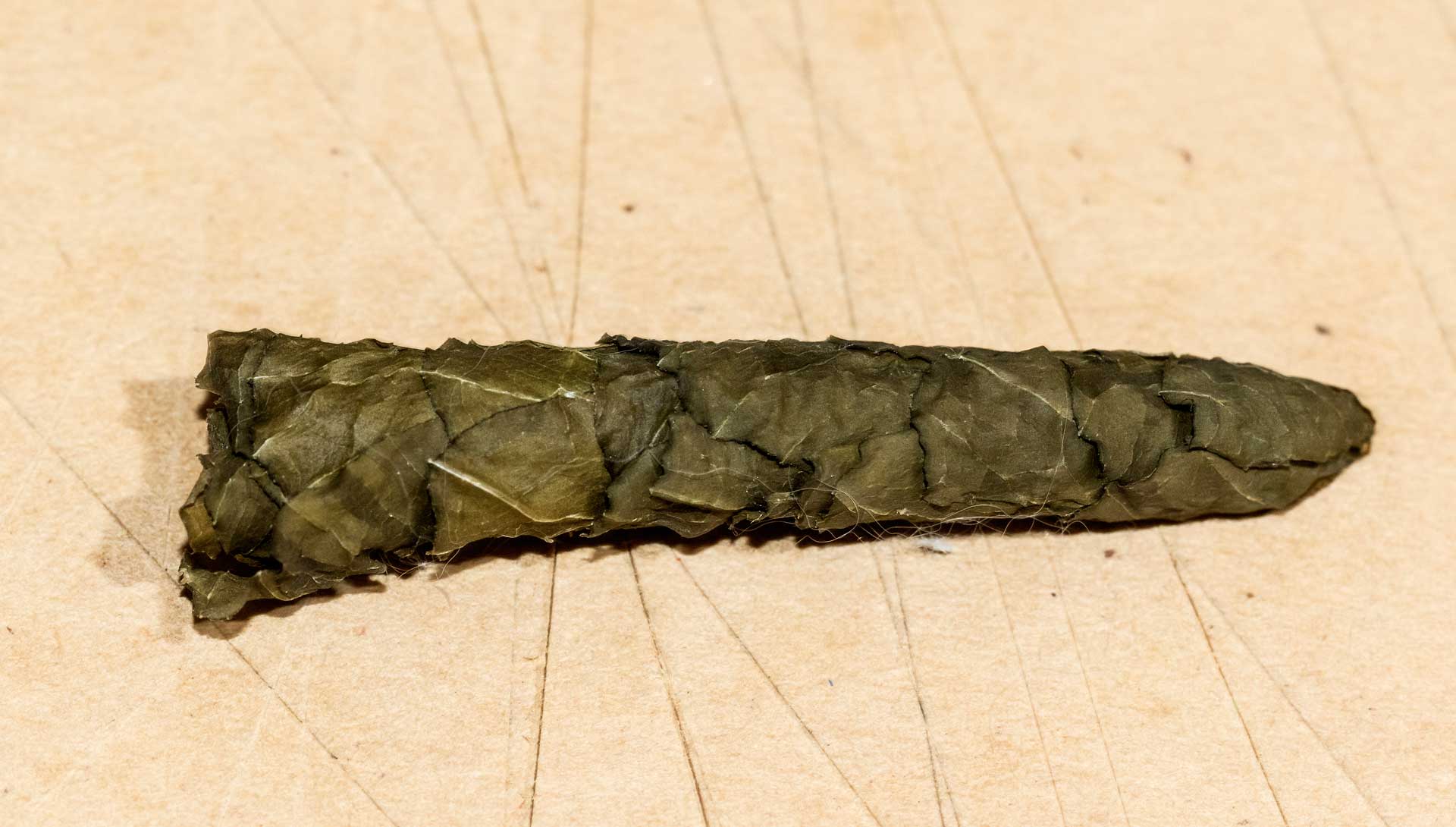
– Stingless bees have sterile queens and the aboriginals used to collect their honey as the bees stored them in pots instead of hive cells.
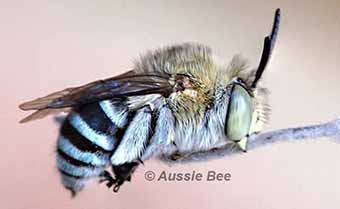
– Blue banded bees are better at vibrating the pollen out of certain shaped flowers.
– Female and male differences. Males have one more segment on their antenna.
– Some males stick to females after mating to make sure nobody else mates.
– Dawson’s burrowing bee rivals the size of bumblebee. When they smell a virgin females pheromones all the males gather near the entrance and the biggest one commended the hole. The smaller ones will try later.
– Only 6 confirmed foreign bees.
– Cuckoo bees lay their egg in the nest/burrow of another. They are parasitic bees.
– Bee breath – masked bees have sacks behind their mandible. Have a lemony scent and has the same component of lemon essence. Ants hate this smell.
Amazon #ads

Identification of Australian Native Bees by Terry Houston – Darling Range Branch of WA Naturalists’
Summary:
– What is a bee? The European honey bee introduced to Australia is the most social and live in colonies. The queen produces lots of daughters who are sterile and they are the workers. Bees are an offshoot of wasps. So one of the wasps evolved from being predatory to collecting pollen and nectar as food for the larvae (Paras note: It went vegan). Nectar and pollen mixed is called honey. Only female bees sting.
– The stinger is inside the abdomen. Muscles, gland sac and venom.
– If you see any insect that looks like a bee with pollen on the legs you know it is a bee and it is a female. Only females collect food and build nests. While wasps have plain hairs, bees have branched hairs only seen with microscope.
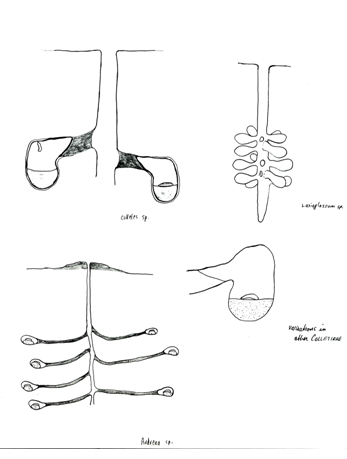
– Ground bees burrow into the ground and have various types of ground nests. Ground digging bees did not evolved to get big digging front legs, they use their mandibles. If you see a nice neat round volcano shape on the ground it’s most likely a bee nest. They can go down meters and at the end is a chamber which becomes a brood cell. They fill it with food and lay an egg on it and then seal the cell.
– Later they evolved to make cells end to end instead of sealing it kind of like the leaf cutter bees.
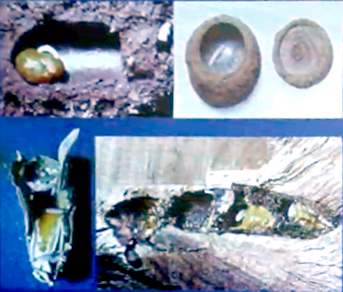
– Brood cells. Do make the brood cells water proof they make a secretion from the gland in the abdomen and sometimes thorax.
1. Top right pictures shows the shine.
2. Top left picture is filled with honey which would pour out if turned. Cap has been taken off and you can see the bee has waxed the inside. They do this by leaving a hole in the enclosure and moving their tongue around to wax the secretion.
3. Bottom left is the leaf cutter bee.
4. Bottom right is resin bee which has used the hole of a wood boring beetle or something.
– Bee grubs have no legs and no eyes since it’s in a protected environment. Just mouth parts to eat the food. They eat the food and pass it out in one mass after eating. Shed skin, turn into pupa. Pupa is like an adult without colour. Eventually shedding skin and producing adult. After which there is no further growth.
– Typical insect anatomy. Head, thorax, abdomen. Wings and legs attached to thorax. Thorax is all muscles. 2 pairs of wings which look like one because they have tiny hooks that latch on when needed. Hairy hind legs. Head – there are 3 round objects on forehead above eyes known as ocelli or simple eyes, which are receptive to light. Apparently for bee orienting itself to the horizon. Compound eyes and antennae which have 3 parts. Lots of lines on the face known as sutures and divide up the face. Mandibles are important for classification and identification. Proboscis is basically the straw they use to suck nectar. Legs anatomy (24:48 mins). They have sticky pads between their claws which is why they can climb glass. Wings and veins. The leading edge has 2 strong veins with marginals and submarginal that again help identification.
– Sexes. Males have one more antenna, so they have 13 and females 12. Males don’t have a sting because they have genitals. Females have a scopa which is a set of hairs to collect pollen. Male be has a genital capsule with 4 appendages at the end and they also have plates for classification. Males usually have more markings than females. Females bees without a scopa would carry it in their honey stomach by swallowing it. Or it could be cuckoo bee that breaks into other bees nests and lay their eggs in theirs.
– Picture of blue banded bee.
– Closeup of leg hairs that carries pollen. If they are highly branched then it collects very find grain pollen and simpler hairs for coarser pollen. Technical term for a pollen basket is called corbicula. Some bees carry pollen on their abdomen.
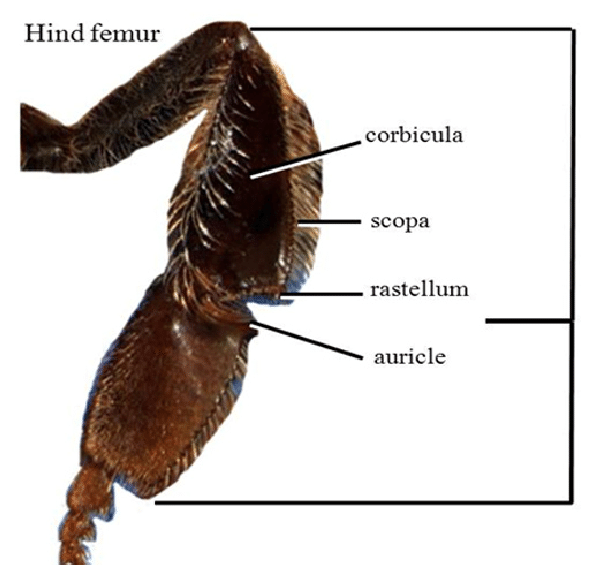
– Some flies mistaken for bees are drone fly and hover flies. And then there are bee flies. There are some bees that mimic wasps.
– Honey bee identification. Elongation of the marginal cell in the wing and also elongation of submarginal cells. Hind legs have a very distinct thing. Faces and mandibles have no teeth.
– Males are known as drones and their eyes meet on top of their head.
5 families of bees:
– Short-tongued bees are
1. Colletidae
2. Stenotritidae
3. Halictidae
– Long-tongued bees are
4. Megachilidae
5. Apidae
Honey Bees Make Honey … and Bread? | Deep Look
Related links:
– Photos from inside a tree reveal intimate lives of wild honeybees.
Amazon #ads


